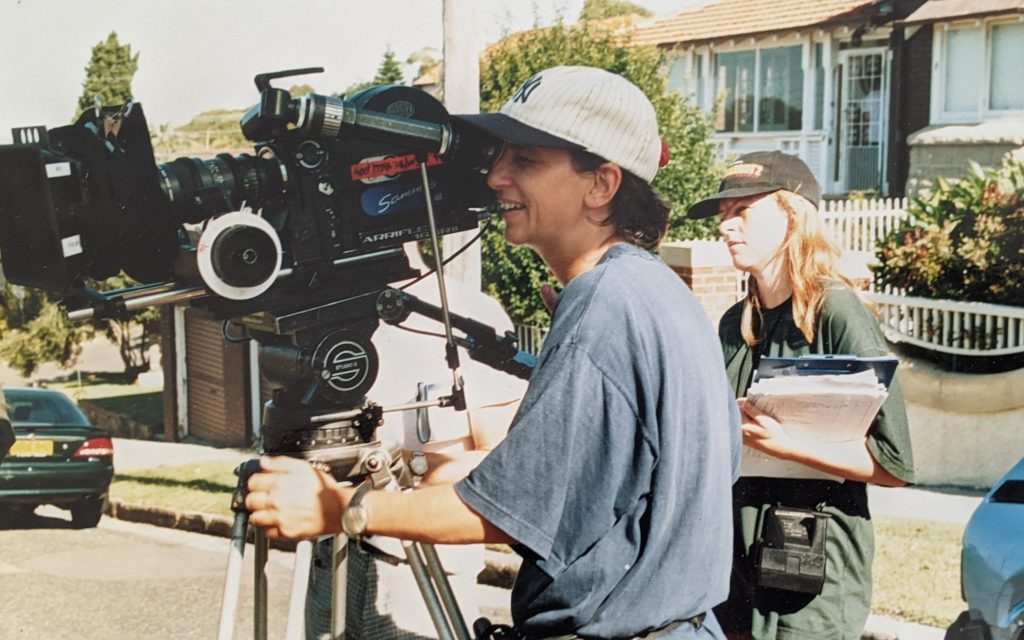Radio wants homegrown artists off the air
By GREGG EASTON
IT’S an exciting time for music fans with the constant introduction of innovative technology broadening choices in new media every week. Listeners can now choose what and when they want their music. However, accompanying this conspicuous technology revolution is a quiet revolution with the music that’s played on Australian radio and not necessarily for the good of local music.
Australian radio is required to play a quota of Australian music that varies between 5% and 25% depending on each station’s format. Now its governing body Commercial Radio Australia (CRA) wants those quotas scrapped!
Like the rivalries of Holden or Ford, AFL or NRL, the topic of Australian music on Australian radio has always divided sides and fired up a passionate debate.
It’s at this point that I must confess I’ve been part of commercial radio for more than two decades, as both an announcer and music-director. I’ve patiently and methodically listed all music played across networks of radio stations making sure they reached the required quota.
The local content quota was introduced to develop and reflect a better perception of the identity, character and cultural diversity of Australia. Stations were first required to play Australian content quotas in 1942. It was no less than 2.5%. That increased to 5% in 1956, 10% in 1973 and 20% in 1976. In 1987 the local content compliance period was changed from 24 hours a day to between 6am and midnight.
I asked CRA CEO, Joan Warner why scrap the quotas now?
“We’ve always believed in a perfect world there would be no government intervention in programming,” she said.
“We’re urging for local content quotas on commercial radio to be dropped if they aren’t going to be enforced elsewhere.”
The CRA boss is referring to the contentious issue of the Australian Communications and Media Authority’s decision to exclude digital and Internet radio from any quotas.
“Quotas could be more effective in supporting Australian music if they were applied to both the commercial sector, as well as other delivery platforms and services,” Warner said.
I’m certain that CRA’s goal isn’t the complete removal of the quotas rather they’re pushing for a level playing field to prevent listeners drifting to the non-regulated new media stations. Radio’s focus might be ratings and revenue but surely it has an obligation to support local music and Australian culture?
Former radio colleague and now CEO of online music news site Noise11, Paul Cashmere disagrees.
“Radio is not the music industry’s support act,” he said.
“Radio sells advertising, the music industry sells music. They are completely different industries”.
CRA’s call for no quotas was bound to have an instant reaction from the music industry. The Australian Record Industry Association (ARIA) has been forced to move away from its regular position of insisting on quota increases to now taking a defensive stance for the quotas to remain.
In a statement released by ARIA CEO Dan Rosen, he even agrees on CRA’s call for a level playing field.
“ARIA stands by its view that local content quotas should continue to apply to commercial radio,” he said.
“Under the Australian Music Code of Practice quotas should also be extended to other forms of radio in the converged media environment.”
While CRA might have changed ARIA’s stance I believe the radio body has also left itself exposed.
For years many radio stations have reached their quota by stacking the 10pm to midnight slot with homegrown music. I’ve been personally guilty of this when I once hosted an all-Australian music show on a commercial Canberra FM station.
This ‘stacking’ avoids having to play less popular Australian content during the more listened to daytime hours and helps achieve more ‘listener friendly’ programming during prime advertising zones.
If ARIA insists on keeping the current quotas with no increase and instead move for a change in the compliance period to 6am – 6pm it would remove the ability to stack Australian music late at night.
If CRA agrees to no changes to the quotas but objects to changes in the compliance hours it would virtually be admitting that radio stations do manipulate those late night hours to artificially reach their required percentage of Australian content.
The quota exemption for digital radio stations will be re-examined by the ACMA next year.


Be the first to comment!